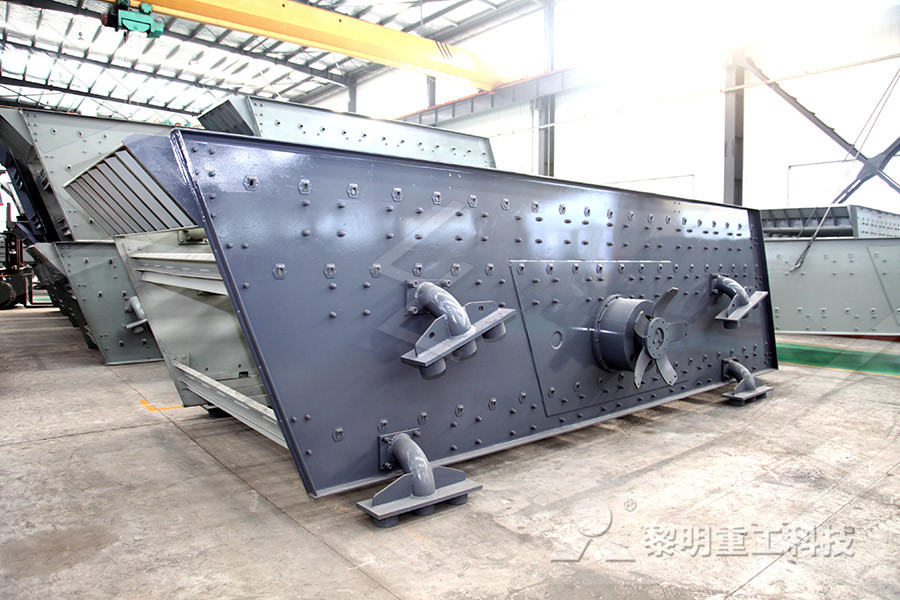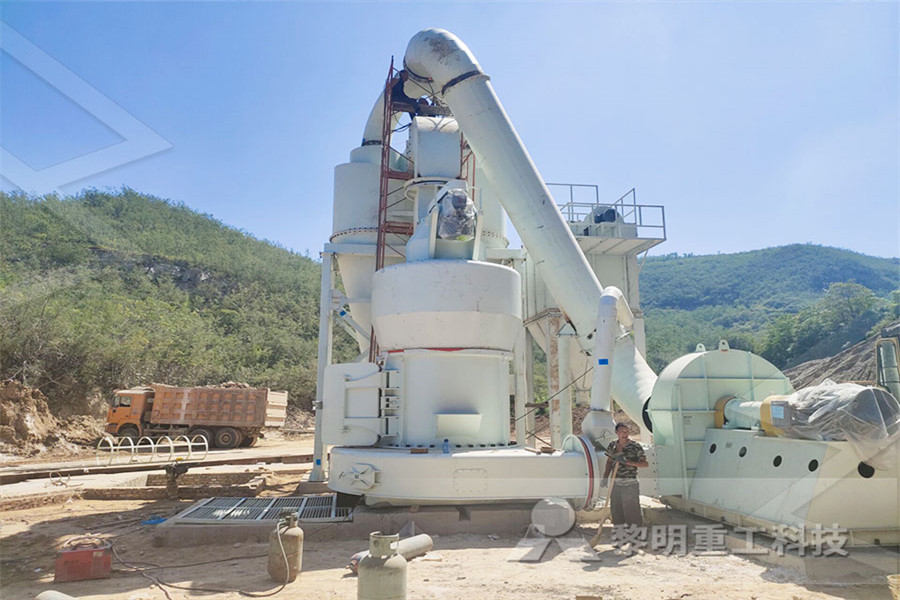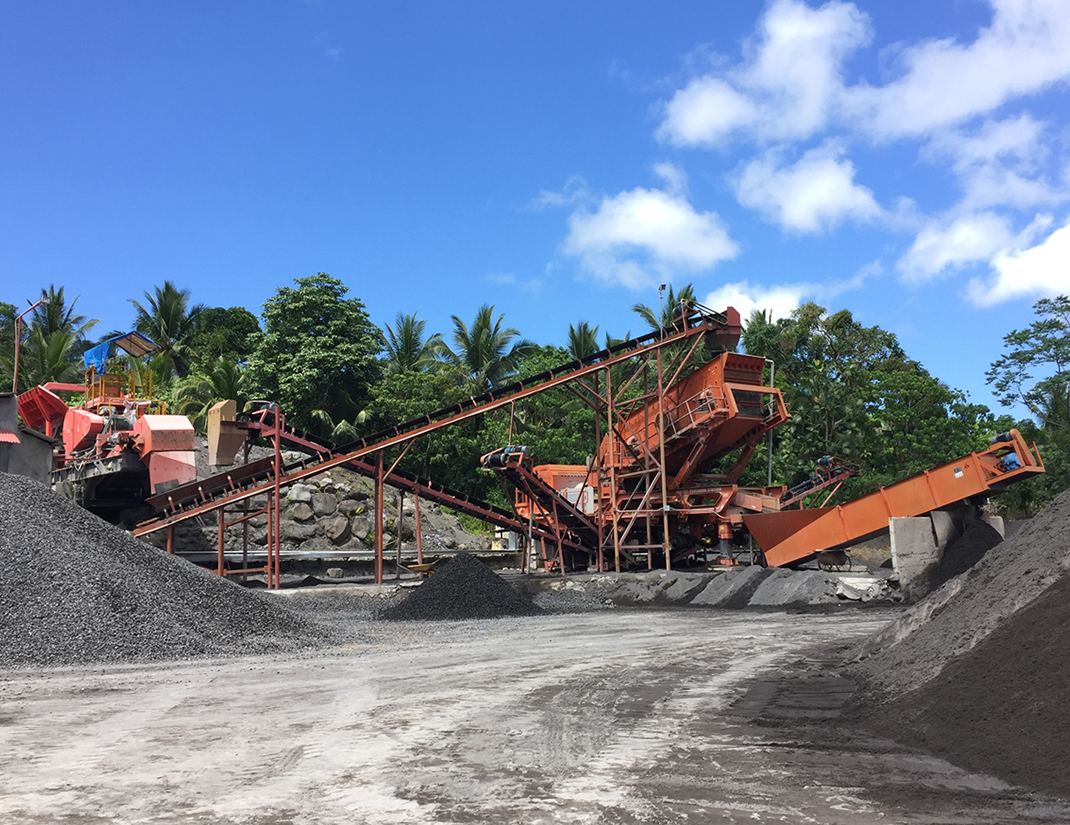nstruction Waste Recycling Equipmenteation
2023-02-22T18:02:34+00:00

Construction Wastes: Types, Causes, and Recycling
Construction Waste Recycling is a step towards sustainable development and a methods to protect the environment across all construction industries Construction waste Construction waste is anything generated as a result of construction works and then abandoned, regardless of whether it has been processed or stockpiled It comprises surplus materials from site clearance, excavation, construction, refurbishment, renovation, demolition and road worksGovHK: Construction Waste Add onsite recycling to your standard work procedures Set up your construction site with appropriate containers for recyclable waste Instruct your crew to put materials into the correct recycling container Encouraging your crew to practice onsite recycling will save you money and time, and it will help the environment, too 5The Dos and Don'ts of Construction Waste Recycling: Construction and demolition (CD) waste recycling constitutes an indispensable component in the overall waste management strategy Unlike the traditional recycling approaches whereby CD waste is transported to offsite facilities for treatment, construction managers are actively exploring the possibility of onsite recycling where CD waste is treated directly at sourceImplementing onsite construction waste recycling in 824 Construction Waste Management Commercial construction typically generates between 2 pounds and 25 pounds of solid waste per square foot – the majority of which is recyclable Salvaging and recycling construction and demolition waste can substantially reduce demand for virgin resources and the associated environmental impactsConstruction Waste Management an overview

5 Tips for Recycling Your Construction Waste
Awesome tips! Recycling waste is great both for the environment and the pocket Reusing is a great option too But sometimes there are construction materials that can’t be recycled For those, it’s best to call a company specialized in waste Under the Waste Framework Directive, construction and demolition waste is a priority waste stream It sets the following objectives by 2020, the preparing for reuse, recycling and other material recovery of nonhazardous construction and demolition waste (excluding naturally occurring material defined in category 17 05 04 in the list of waste Construction and demolition waste EuropaConstruction and demolition waste guide 2 Erratum 17 January 2012 The case study, Recycling power poles into highvalue timber products, on page 34 incorrectly attributes the development of protocols for recycling redundant utility poles and bridge timbers in NSW to Kennedy’s Timber, Energex and the New South Wales Office of EnvironmentConstruction and Demolition Waste Guide Recycling Mohamed Osmani, in Waste, 2011 3 Construction Waste Composition and Quantification It is difficult to give exact figures of construction waste produced on a typical construction site, but it is estimated that it is as much as 30% of the total weight of building materials delivered to a building site [7]In the United States, around 170 million tonnes of construction and demolition waste was Construction Waste an overview ScienceDirect Topics Currently, in Peninsular Malaysia, approximately 95–97% of solid wastes (including construction and demolition (CD) waste) collected are dumped at the disposal sites, on the balance of 3 to 5% are treated either using incineration technique or recycled and reprocessed The rate of recycling of CD waste is quite low as compared to the developed countries, which is most likely due to the A case study on the effective implementation of the
- ncrete ne crusher supplier in Nigeria
- crusher price hammermill
- lee filters selection
- good quality vertical shaft impact crusher sand making machine
- pictures of crusher and hammer mills
- Concrete Conveyor Range
- hsm iso ce jaw crusher for primary and sendary crushing
- al ce raymond bowl mills
- krushers safety boots singapore dealers
- children who work as rock crushers
- toe separators for bunions
- wet grinder Brazilsmall size in low price
- serving stone mills
- Melacak Tanaman Layar Crusher
- Eand Plain The Workingprinciple Of Drill Machine
- ore crusher advanced
- how to nstruct a crushed limestone driveway
- stone crushing industry tanzania
- Gold Ore Rock Jaw crusher Manufacturer
- send hand impact pulverizer price USA
- ncrete ball mill for sale
- Universal Milling Leads
- flotation plant in hakkari
- informasi pengolahan bijih barit
- Cheap Manually Operated Bridge Repair Equipment
- pioneer jaw crusher 30x42
- Ag7 Grinding Machine Working
- pal 26amp 3b mpany aggregate crusher supplier guagaoneation
- Cara Menghancurkan Semen
- crusher rock all valley sand and gravel incproject










